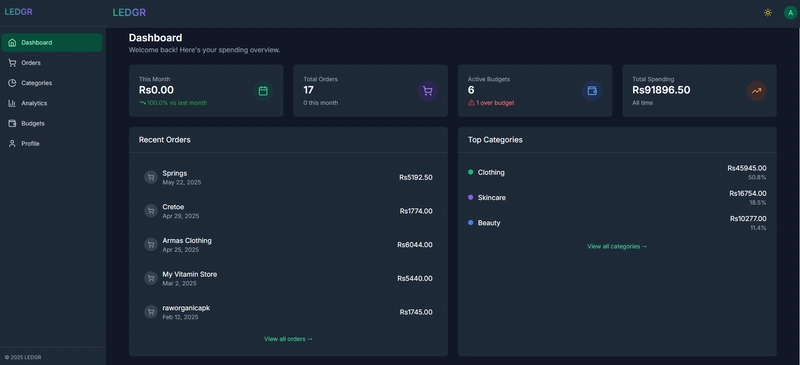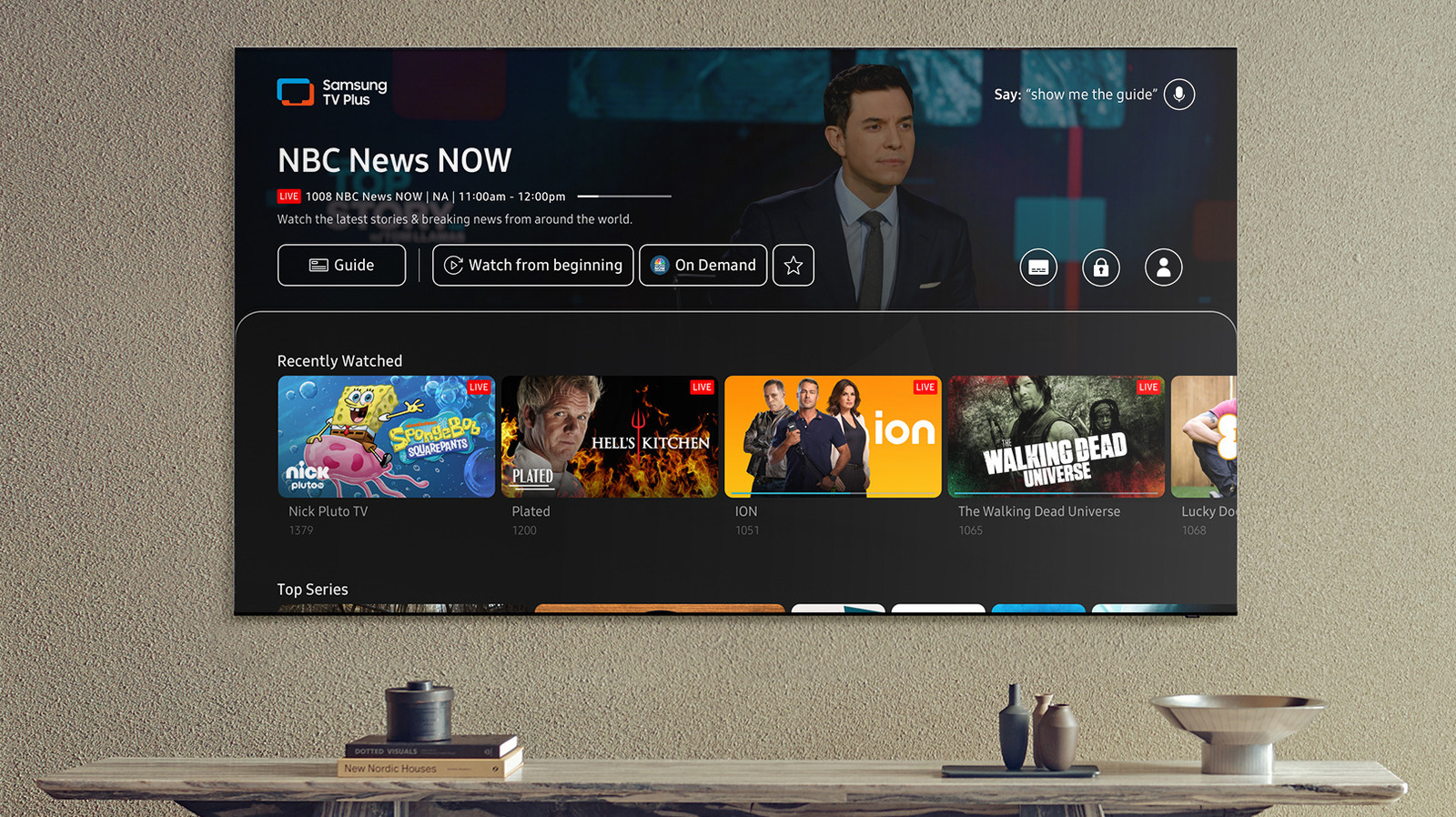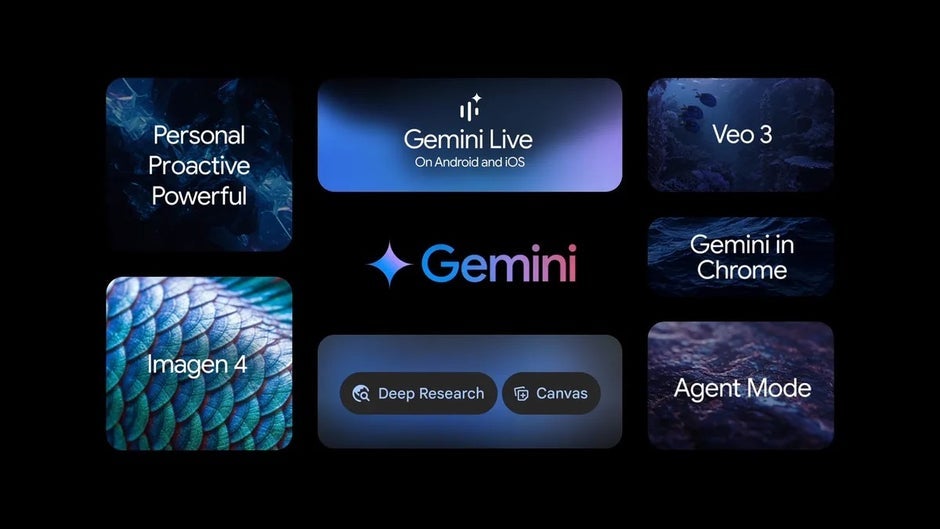Google Sheets for Developers: 5 Project Planning Workflows Before You Build
Table of Contents Introduction Workflow 1: Technical Requirements Matrix Workflow 2: Sprint Planning and Story Point Estimation Workflow 3: API Design and Documentation Planning Workflow 4: Technical Debt and Bug Triage Workflow 5: Resource and Timeline Estimation Integration with Full Project Management Common Planning Mistakes to Avoid Introduction Every developer knows this feeling. You have a brilliant idea. Your fingers itch to start coding. However, jumping straight into implementation can lead to technical debt, scope creep, and late-night debugging sessions. Competent developers plan first. They map out requirements. They estimate complexity. They identify potential roadblocks before writing the first line of code. Google Sheets may seem basic compared to more advanced project management tools. But it excels at the planning phase. You can prototype workflows quickly. You can instantly share ideas with teammates. You can iterate on concepts without commitment. Here are five proven workflows that successful developers use to plan projects in Google Sheets. Workflow 1: Technical Requirements Matrix Creating software without clear requirements builds bugs into your foundation. A technical requirements matrix helps you think through every aspect before coding begins. Setting Up Your Requirements Sheet Create columns for these essential fields: Feature Name: What you're building User Story: Why you're building it Technical Complexity: Low, Medium, High rating Dependencies: What must exist first API Requirements: External services needed Database Changes: Schema modifications required Testing Strategy: How you'll validate it works Real-World Example When planning a user authentication system: Feature: User Login User Story: Users need secure access to their accounts Complexity: Medium (OAuth integration) Dependencies: Database user table, email service APIs: Google OAuth, SendGrid for emails Database: Users table with encrypted passwords Testing: Unit tests for auth logic, integration tests for OAuth flow Pro Tips for Requirements Planning Use data validation to create dropdown menus. Set complexity ratings as Low/Medium/High. This keeps your team consistent in estimations. Add conditional formatting. Color-code high-complexity items in red. This makes risk assessment visual and immediate. Link related requirements. Use cell references to connect dependent features. When you update one requirement, related items automatically reflect changes. Detail Blog on How to Use Google Sheets for Project Management Workflow 2: Sprint Planning and Story Point Estimation Agile development needs accurate sprint planning. Google Sheets handles velocity tracking and story point estimation better than you might expect. Building Your Sprint Planning Template Structure your sheet with these sections: Backlog Section: Story ID and description Story points (Fibonacci sequence: 1, 2, 3, 5, 8, 13) Sprint assignment Status tracking Velocity Tracking: Completed points per sprint Team capacity Velocity trends over time Sprint Summary: Total points planned vs completed Burndown visualization using built-in charts Estimation Technique That Works Use the shirt-size method first. Rate each feature as XS, S, M, L, XL. Then convert to Fibonacci numbers. XS becomes 1 point, S becomes 2, and so on. This two-step process prevents bikeshedding during estimation meetings. Developers focus on relative complexity rather than precise numbers. Sample Sprint Layout textSprint 3 - Week of March 15 Total Capacity: 40 points Committed: 35 points User Authentication (8 points) - In Progress Password Reset Flow (5 points) - Not Started Email Verification (3 points) - Completed OAuth Integration (13 points) - Blocked Profile Settings UI (5 points) - In Review Track actual completion dates against estimates. This data improves future sprint planning accuracy. Workflow 3: API Design and Documentation Planning APIs need careful design before implementation. Google Sheets helps you model endpoints, parameters, and responses before writing code. API Planning Template Structure Create tabs for different aspects: Endpoints Tab: HTTP method (GET, POST, PUT, DELETE) URL pattern Parameters required Response format Error codes Data Models Tab: Object structures Field types and constraints Relationships between models Validation rules Authentication Tab: Security requirements Token formats Permission levels Rate limiting rules Practical API Planning Example Planning a blog API might look like this: textGET /api/posts Parameters: page (int), limit (int), category (string) Response: {posts: Array, total: int, page: int} Auth Required: No Rate Limit: 100 requests/hour POST /api/posts Body: {title: string, content: string, category:

Table of Contents
- Introduction
- Workflow 1: Technical Requirements Matrix
- Workflow 2: Sprint Planning and Story Point Estimation
- Workflow 3: API Design and Documentation Planning
- Workflow 4: Technical Debt and Bug Triage
- Workflow 5: Resource and Timeline Estimation
- Integration with Full Project Management
- Common Planning Mistakes to Avoid
Introduction
Every developer knows this feeling. You have a brilliant idea. Your fingers itch to start coding. However, jumping straight into implementation can lead to technical debt, scope creep, and late-night debugging sessions.
Competent developers plan first. They map out requirements. They estimate complexity. They identify potential roadblocks before writing the first line of code.
Google Sheets may seem basic compared to more advanced project management tools. But it excels at the planning phase. You can prototype workflows quickly. You can instantly share ideas with teammates. You can iterate on concepts without commitment.
Here are five proven workflows that successful developers use to plan projects in Google Sheets.
Workflow 1: Technical Requirements Matrix
Creating software without clear requirements builds bugs into your foundation. A technical requirements matrix helps you think through every aspect before coding begins.
Setting Up Your Requirements Sheet
Create columns for these essential fields:
- Feature Name: What you're building
- User Story: Why you're building it
- Technical Complexity: Low, Medium, High rating
- Dependencies: What must exist first
- API Requirements: External services needed
- Database Changes: Schema modifications required
- Testing Strategy: How you'll validate it works
Real-World Example
When planning a user authentication system:
- Feature: User Login
- User Story: Users need secure access to their accounts
- Complexity: Medium (OAuth integration)
- Dependencies: Database user table, email service
- APIs: Google OAuth, SendGrid for emails
- Database: Users table with encrypted passwords
- Testing: Unit tests for auth logic, integration tests for OAuth flow
Pro Tips for Requirements Planning
Use data validation to create dropdown menus. Set complexity ratings as Low/Medium/High. This keeps your team consistent in estimations.
Add conditional formatting. Color-code high-complexity items in red. This makes risk assessment visual and immediate.
Link related requirements. Use cell references to connect dependent features. When you update one requirement, related items automatically reflect changes.
Detail Blog on How to Use Google Sheets for Project Management
Workflow 2: Sprint Planning and Story Point Estimation
Agile development needs accurate sprint planning. Google Sheets handles velocity tracking and story point estimation better than you might expect.
Building Your Sprint Planning Template
Structure your sheet with these sections:
Backlog Section:
- Story ID and description
- Story points (Fibonacci sequence: 1, 2, 3, 5, 8, 13)
- Sprint assignment
- Status tracking
Velocity Tracking:
- Completed points per sprint
- Team capacity
- Velocity trends over time
Sprint Summary:
- Total points planned vs completed
- Burndown visualization using built-in charts
Estimation Technique That Works
Use the shirt-size method first. Rate each feature as XS, S, M, L, XL. Then convert to Fibonacci numbers. XS becomes 1 point, S becomes 2, and so on.
This two-step process prevents bikeshedding during estimation meetings. Developers focus on relative complexity rather than precise numbers.
Sample Sprint Layout
textSprint 3 - Week of March 15
Total Capacity: 40 points
Committed: 35 points
User Authentication (8 points) - In Progress
Password Reset Flow (5 points) - Not Started
Email Verification (3 points) - Completed
OAuth Integration (13 points) - Blocked
Profile Settings UI (5 points) - In Review
Track actual completion dates against estimates. This data improves future sprint planning accuracy.
Workflow 3: API Design and Documentation Planning
APIs need careful design before implementation. Google Sheets helps you model endpoints, parameters, and responses before writing code.
API Planning Template Structure
Create tabs for different aspects:
Endpoints Tab:
- HTTP method (GET, POST, PUT, DELETE)
- URL pattern
- Parameters required
- Response format
- Error codes
Data Models Tab:
- Object structures
- Field types and constraints
- Relationships between models
- Validation rules
Authentication Tab:
- Security requirements
- Token formats
- Permission levels
- Rate limiting rules
Practical API Planning Example
Planning a blog API might look like this:
textGET /api/posts
Parameters: page (int), limit (int), category (string)
Response: {posts: Array, total: int, page: int}
Auth Required: No
Rate Limit: 100 requests/hour
POST /api/posts
Body: {title: string, content: string, category: string}
Response: {post: Object, id: string}
Auth Required: Yes (Writer role)
Rate Limit: 10 posts/hour
Benefits of Spreadsheet API Planning
You can share API designs with frontend developers before backend implementation starts. They can begin UI work based on planned endpoints.
Version control becomes visual. Use different tabs for API versions. Compare changes between v1 and v2 easily.
Test case generation gets easier. Export endpoint data to create automated test suites. Many testing frameworks accept CSV input.
Workflow 4: Technical Debt and Bug Triage
Technical debt accumulates in every codebase. Google Sheets helps you track, prioritize, and plan debt reduction systematically.
Debt Tracking Template
Create columns that capture the full picture:
- Debt Item: What needs fixing
- Impact Score: How much it affects development (1-10)
- Effort Score: Time needed to fix (1-10)
- Ratio Score: Impact/Effort calculation
- Category: Performance, Security, Maintainability, Documentation
- Affected Components: Which parts of the system
- Proposed Solution: How to fix it
Scoring System That Works
Impact scoring considers multiple factors:
- Developer productivity impact
- Customer experience impact
- Security or performance implications
- Future development blockers
Effort scoring estimates:
- Hours of development time
- Testing requirements
- Deployment complexity
- Risk of breaking existing features
Sample Debt Items
textLegacy Authentication (Impact: 9, Effort: 8, Ratio: 1.1)
Category: Security
Components: User service, API gateway
Solution: Migrate to OAuth 2.0 with refresh tokens
Slow Database Queries (Impact: 7, Effort: 4, Ratio: 1.75)
Category: Performance
Components: Analytics service
Solution: Add database indexes and query optimization
Sort by ratio score to prioritize high-impact, low-effort improvements. This data-driven approach prevents teams from fixing the wrong problems.
Workflow 5: Resource and Timeline Estimation
Accurate project timelines require realistic resource estimation. Google Sheets excels at modeling different scenarios and constraints.
Resource Planning Template
Build worksheets that model your team structure:
Team Capacity:
- Developer names and specialties
- Available hours per week
- Current project commitments
- Vacation and holiday schedules
Feature Breakdown:
- Development tasks with hour estimates
- Required skill sets for each task
- Dependencies between tasks
- Testing and review time
Timeline Modeling:
- Gantt-style charts using conditional formatting
- Critical path identification
- Buffer time for unknown issues
- Milestone and deadline tracking
Realistic Estimation Techniques
Use the three-point estimation method:
- Optimistic estimate (best case)
- Pessimistic estimate (worst case)
- Most likely estimate (realistic case)
Formula: (Optimistic + 4 × Most Likely + Pessimistic) ÷ 6
This accounts for uncertainty better than single-point estimates.
Capacity Planning Example
textSprint Goal: User Dashboard Feature
Team: 2 Frontend, 1 Backend, 1 Designer
Frontend Tasks:
- Component development: 16 hours
- Integration testing: 8 hours
- Responsive design: 12 hours
Backend Tasks:
- API endpoints: 20 hours
- Database changes: 8 hours
- Performance testing: 6 hours
Total: 70 hours over 2-week sprint
Available capacity: 80 hours (with buffer)
Model different scenarios. What happens if one developer gets sick? How does adding a contractor affect timelines? Spreadsheets make scenario planning simple.
Integration with Full Project Management
Google Sheets excels at project planning. But execution needs dedicated tools. As projects grow complex, you need proper project management platforms.
Sheets work best for:
- Initial planning and brainstorming
- Requirements gathering
- Estimation and capacity modeling
- Technical documentation drafts
Dedicated tools handle:
- Daily task management
- Team collaboration
- Progress tracking
- Stakeholder communication
For developers ready to move beyond spreadsheets, comprehensive guides exist for proper project management implementation. This detailed guide on using Google Sheets for project management covers advanced templates and techniques for teams transitioning from planning to execution.
Detail Blog on How to Use Google Sheets for Project Management
Common Planning Mistakes to Avoid
- Over-Engineering the Planning Phase
Spending weeks perfecting spreadsheets delays actual development. Set time limits for planning activities.
- Ignoring Team Input
Solo planning misses important perspective. Share sheets with teammates. Gather feedback before finalizing plans.
- Forgetting to Update Estimates
Initial estimates are usually wrong. Update your sheets as you learn more. Track accuracy to improve future planning.
- Planning in Isolation
Connect your planning sheets to reality. Link to GitHub issues, Slack discussions, or design documents.
Advanced Google Sheets Techniques for Developers
- Custom Functions with Apps Script
Write JavaScript functions that integrate with APIs. Pull GitHub commit data directly into your planning sheets.
- Automated Reporting
Set up triggers that send weekly progress reports via email. Keep stakeholders informed without manual work.
- Data Validation and Error Prevention
Use formulas to prevent invalid data entry. Set up warnings when estimates seem unrealistic.
- Version Control for Sheets
Enable revision history. Tag important versions. Collaborate safely knowing you can revert changes.
Making Planning Stick
- Start Small
Pick one workflow that addresses your biggest planning pain point. Master it before adding complexity.
- Share Templates
Create team standards for planning sheets. Consistent formats improve communication and reduce setup time.
- Regular Reviews
Schedule monthly planning retrospectives. What worked? What didn't? Improve your process continuously.
- Connect Planning to Coding
Reference planning sheets in commit messages and pull requests. Maintain traceability from planning to implementation.
Conclusion
Google Sheets transforms project planning from chaotic to systematic. These five workflows provide structure without overhead. They help you think through problems before coding begins.
Smart planning prevents most development disasters. Requirements matrices catch scope creep early. Sprint planning improves delivery predictability. API design prevents integration headaches. Debt tracking maintains code quality. Resource planning sets realistic expectations.
Start with the workflow that addresses your biggest planning challenge. Build the habit of planning before coding. Your future self will thank you when projects deliver on time and within scope.
Remember: planning in spreadsheets is just the beginning. As your projects grow, you'll need dedicated project management tools to handle execution, collaboration, and stakeholder communication. But the planning foundation you build in Google Sheets will make that transition smoother and more successful.





























































_.png)
















































































































![[The AI Show Episode 151]: Anthropic CEO: AI Will Destroy 50% of Entry-Level Jobs, Veo 3’s Scary Lifelike Videos, Meta Aims to Fully Automate Ads & Perplexity’s Burning Cash](https://www.marketingaiinstitute.com/hubfs/ep%20151%20cover.png)
























































































































![[FREE EBOOKS] Solutions Architect’s Handbook, Continuous Testing, Quality, Security, and Feedback & Four More Best Selling Titles](https://www.javacodegeeks.com/wp-content/uploads/2012/12/jcg-logo.jpg)





![From electrical engineering student to CTO with Hitesh Choudhary [Podcast #175]](https://cdn.hashnode.com/res/hashnode/image/upload/v1749158756824/3996a2ad-53e5-4a8f-ab97-2c77a6f66ba3.png?#)






































































































































_Michael_Vi_Alamy.jpg?width=1280&auto=webp&quality=80&disable=upscale#)




































































































![watchOS 26 May Bring Third-Party Widgets to Control Center [Report]](https://www.iclarified.com/images/news/97520/97520/97520-640.jpg)

![AirPods Pro 2 On Sale for $169 — Save $80! [Deal]](https://www.iclarified.com/images/news/97526/97526/97526-640.jpg)














































































